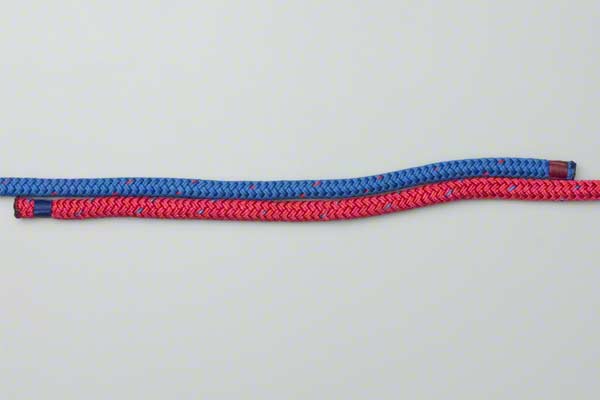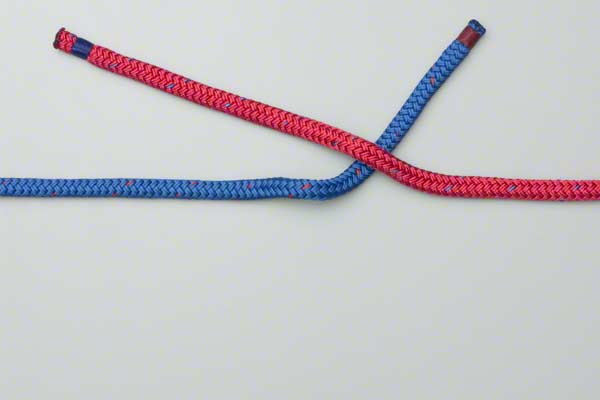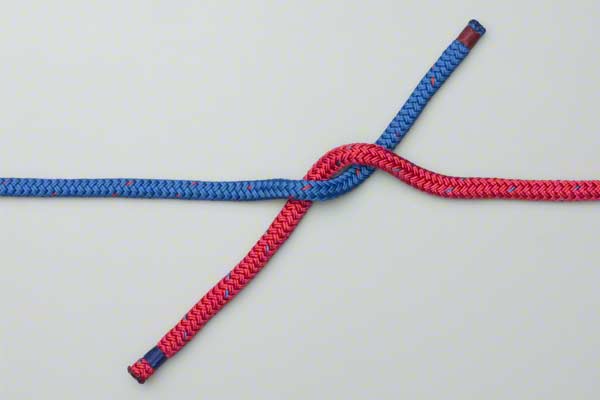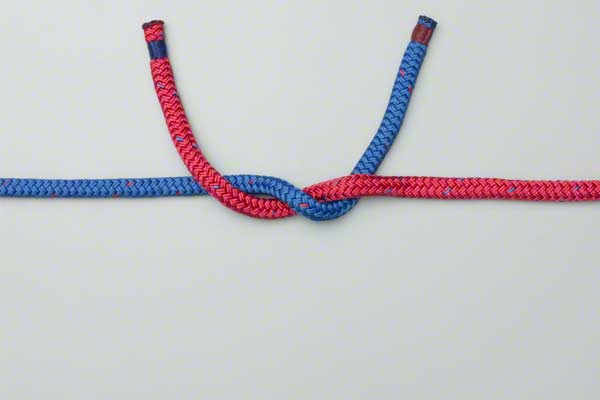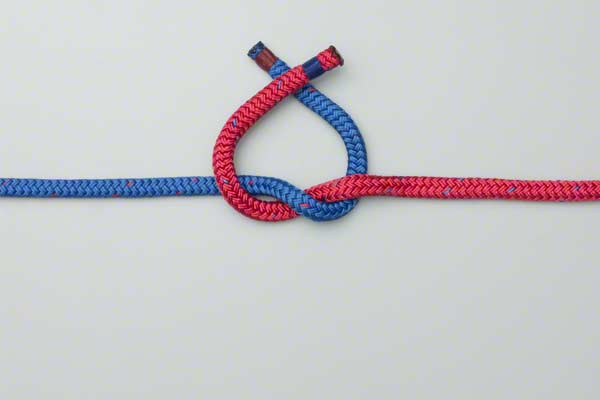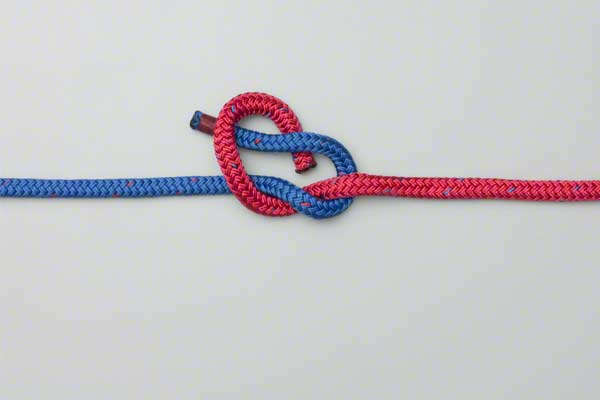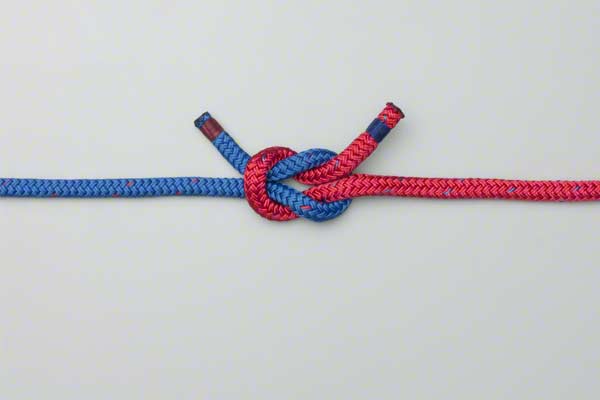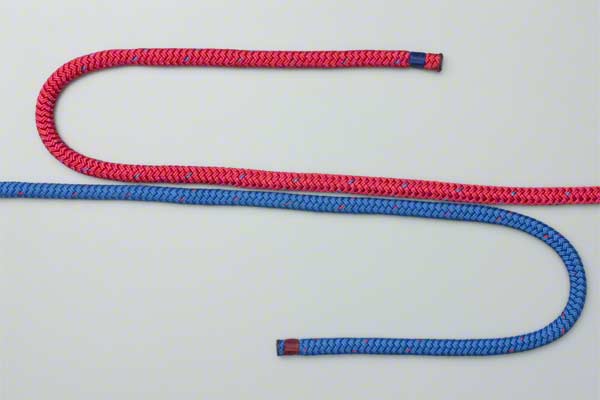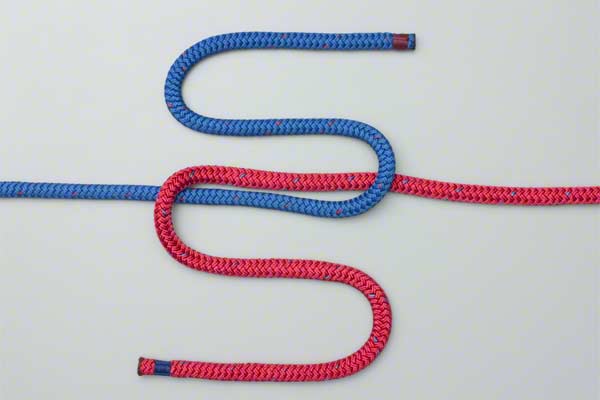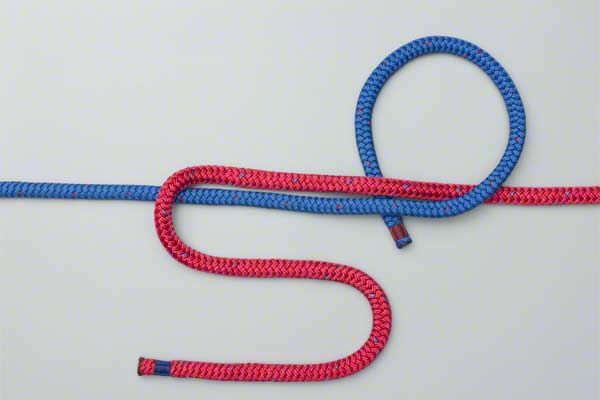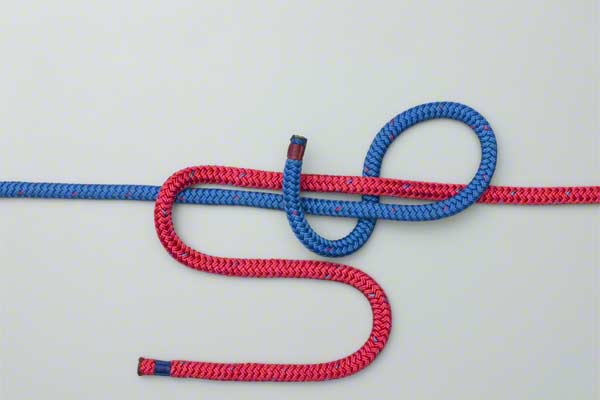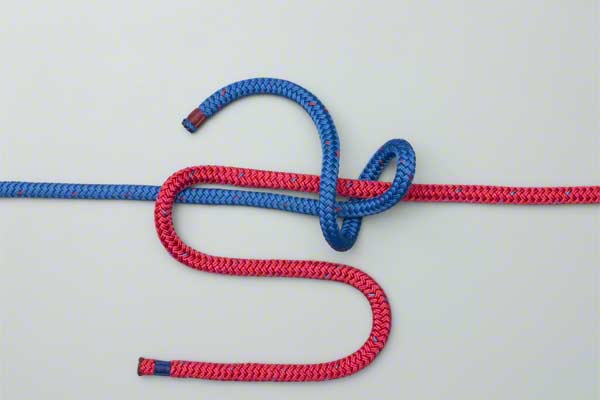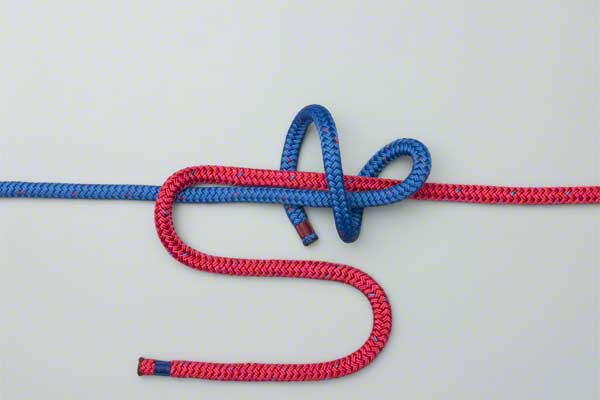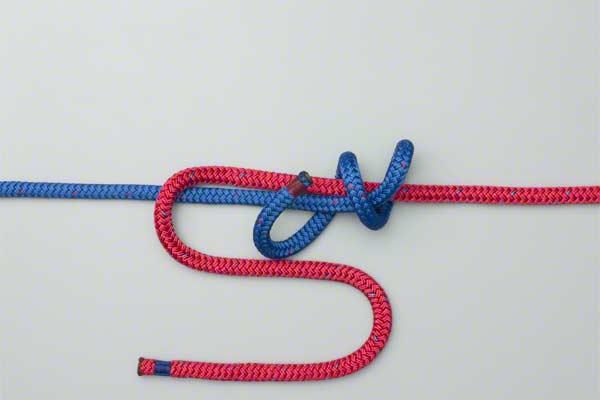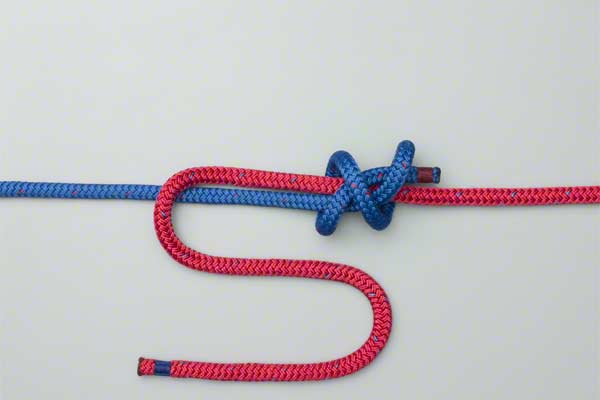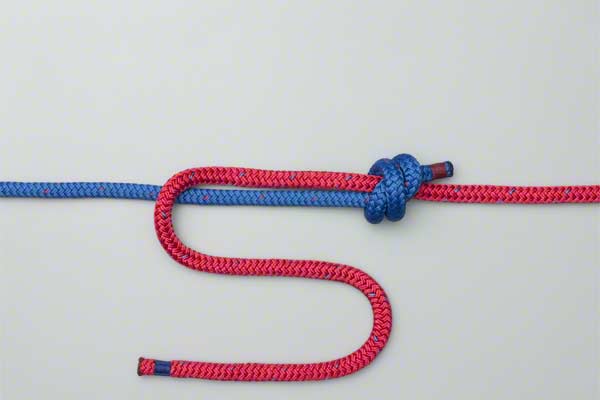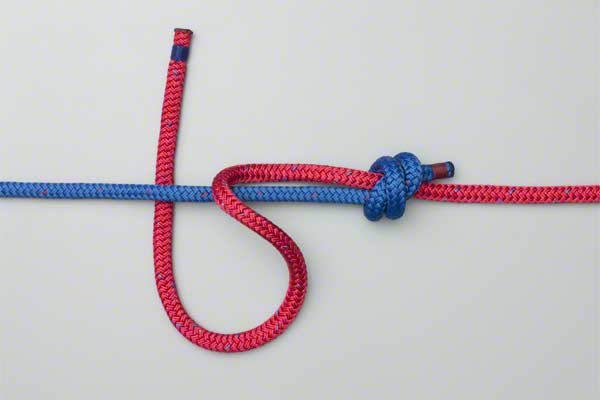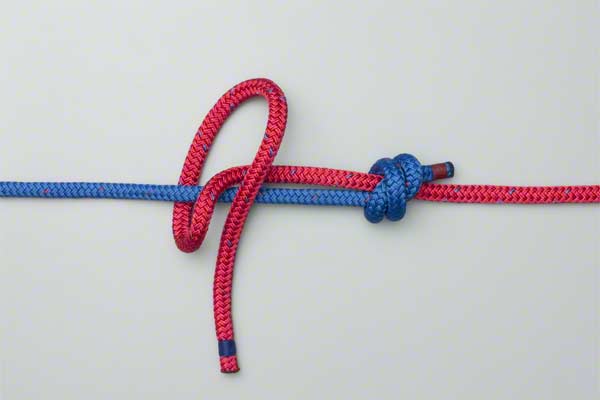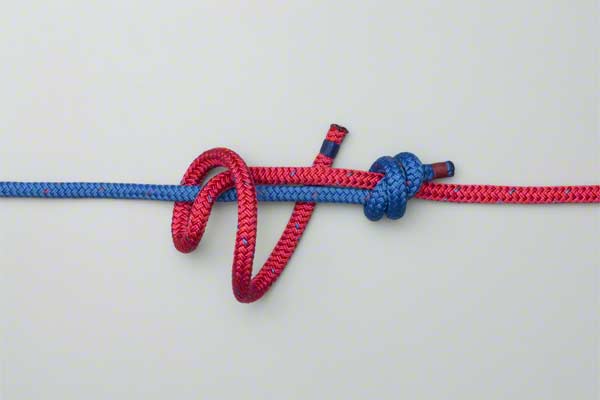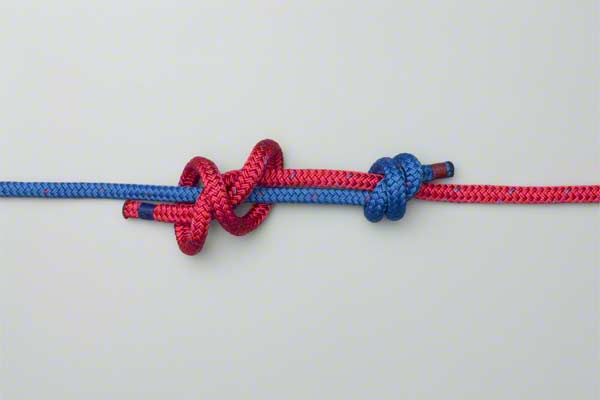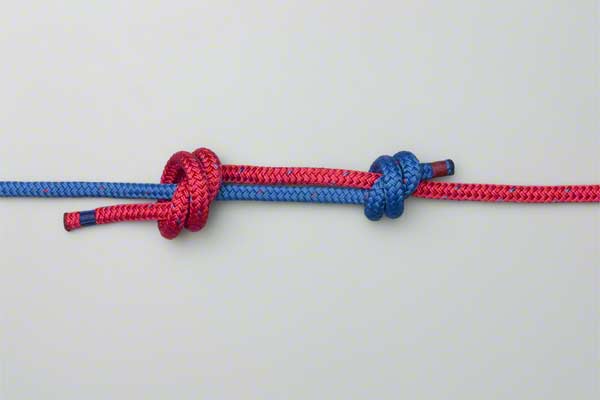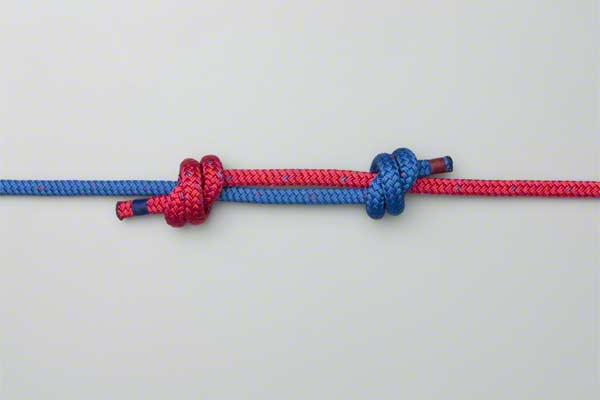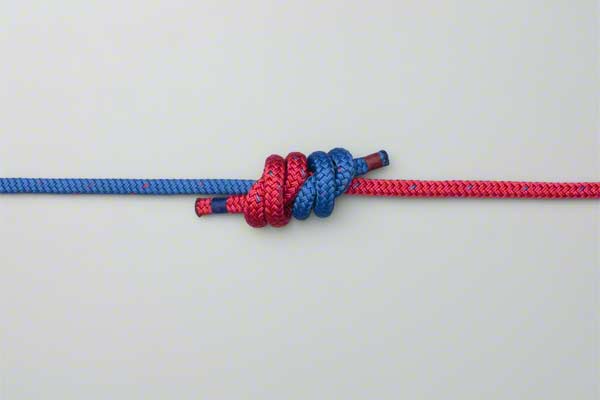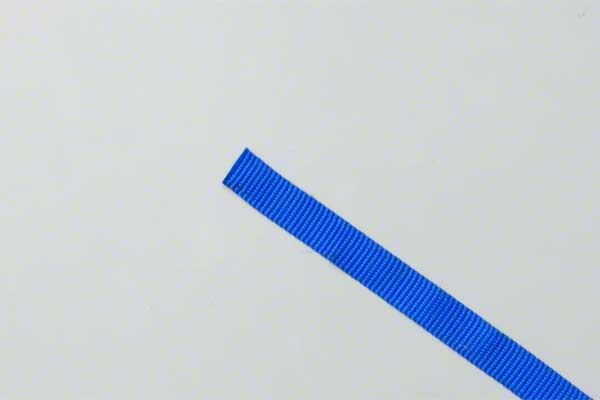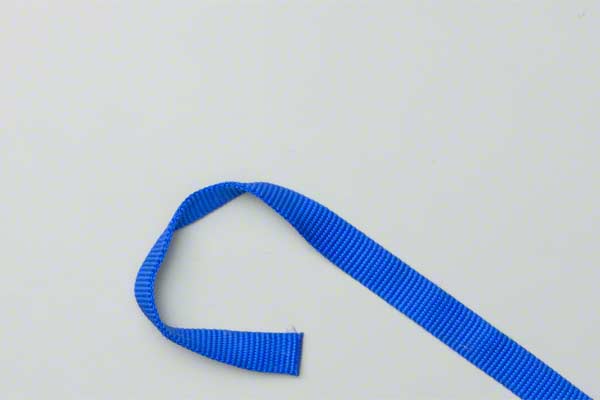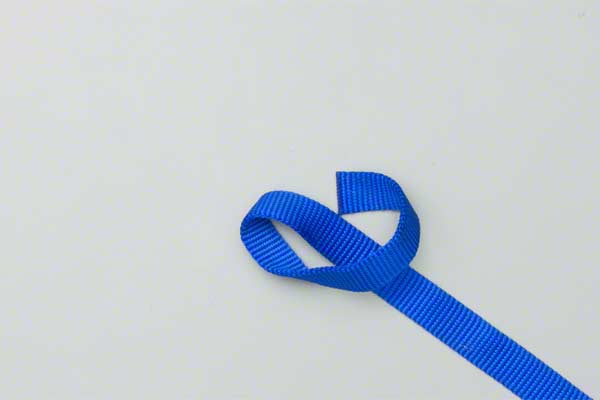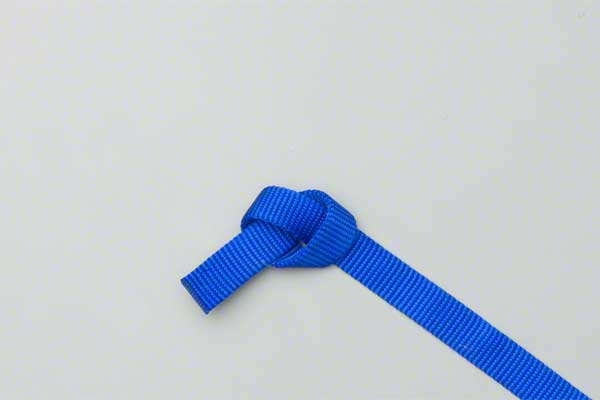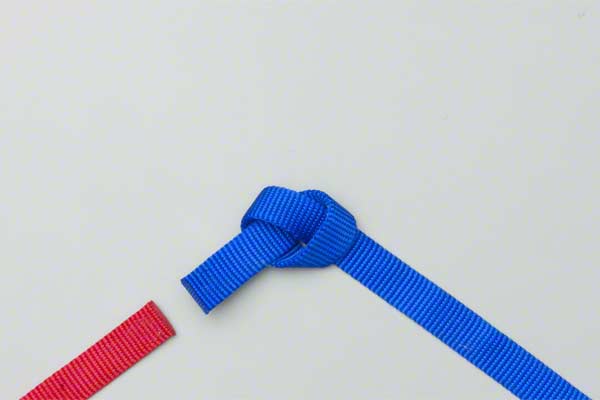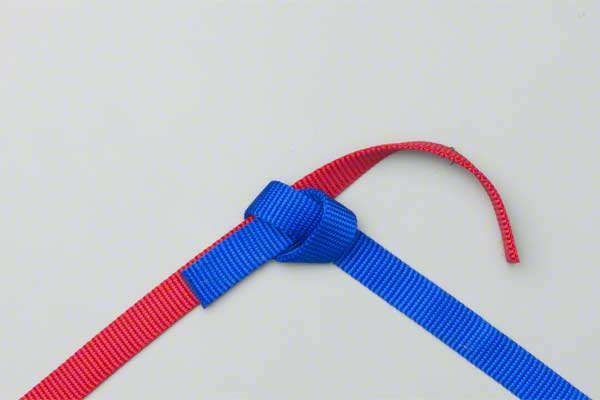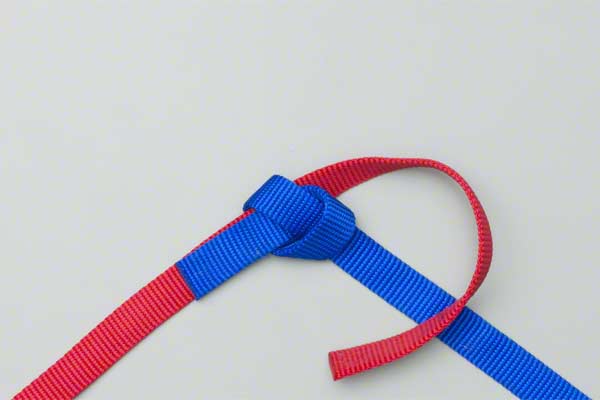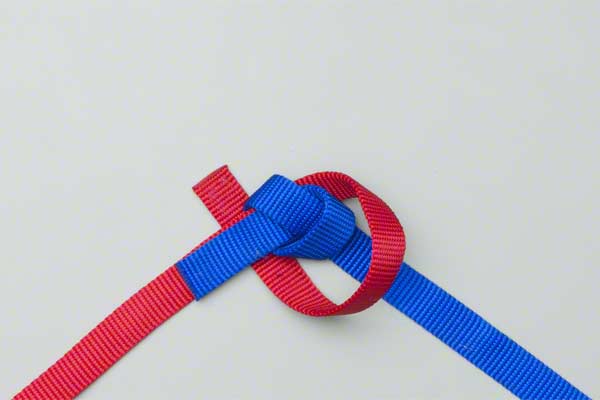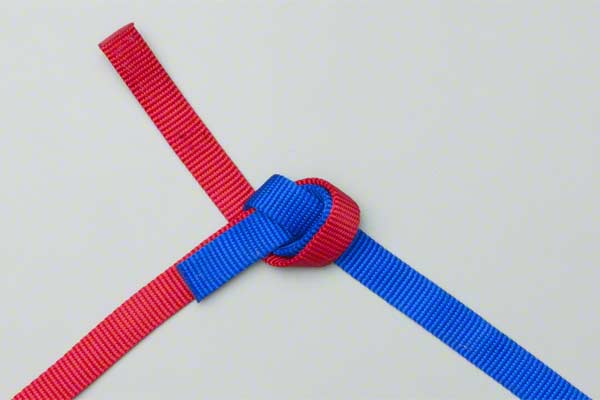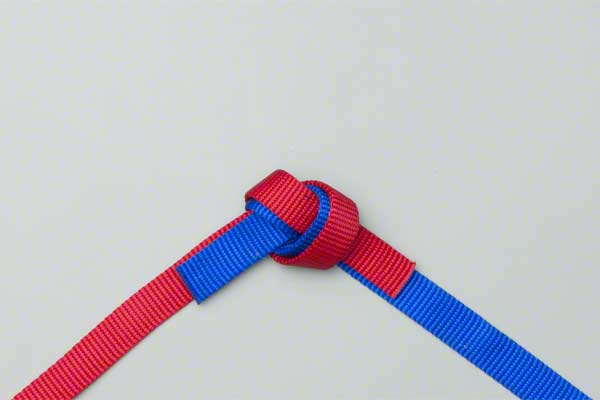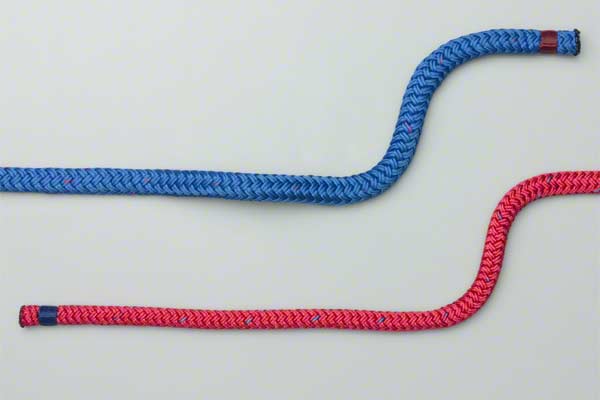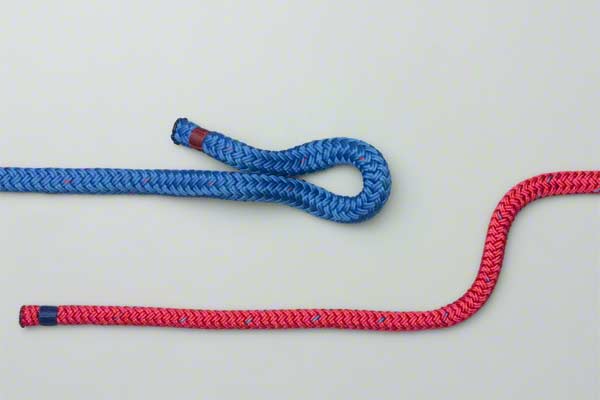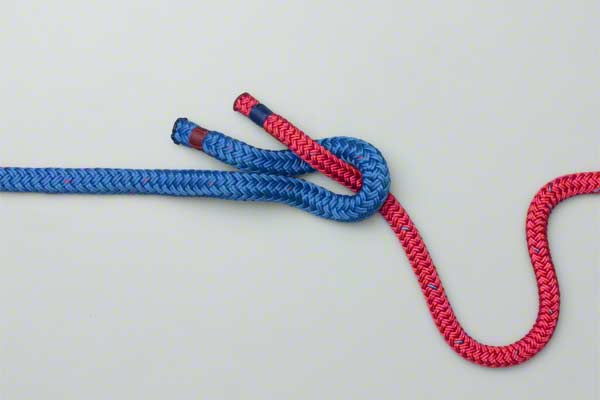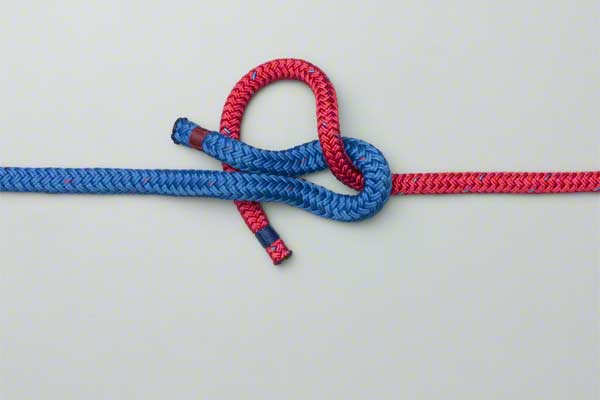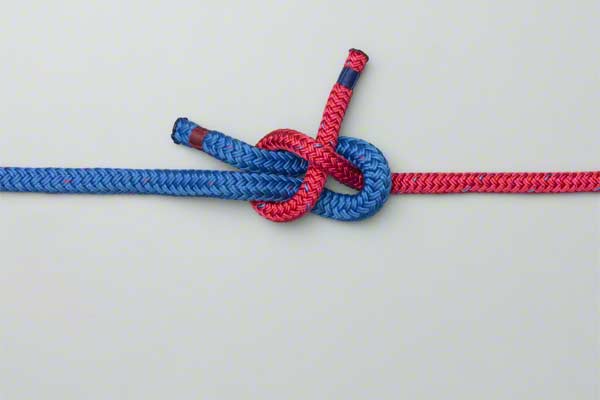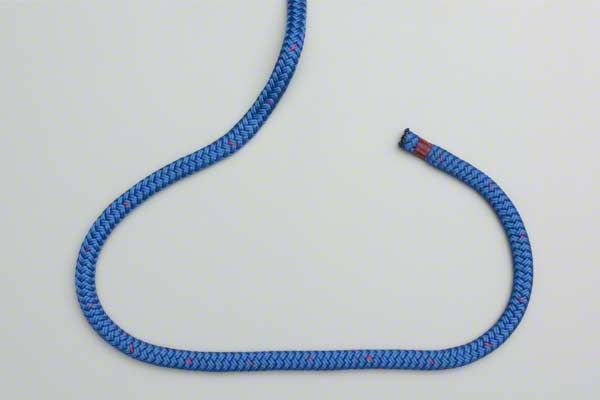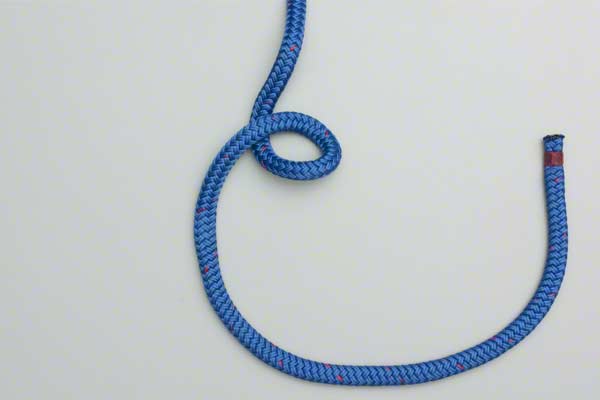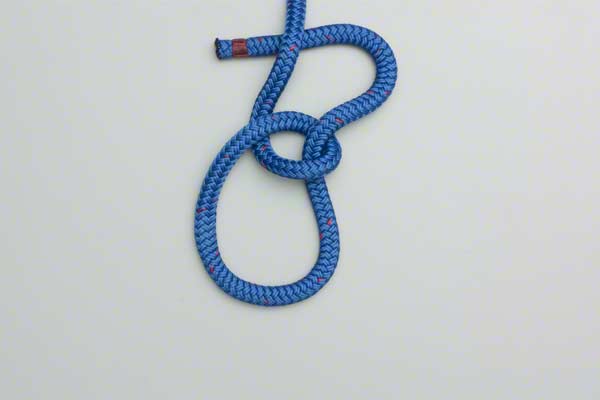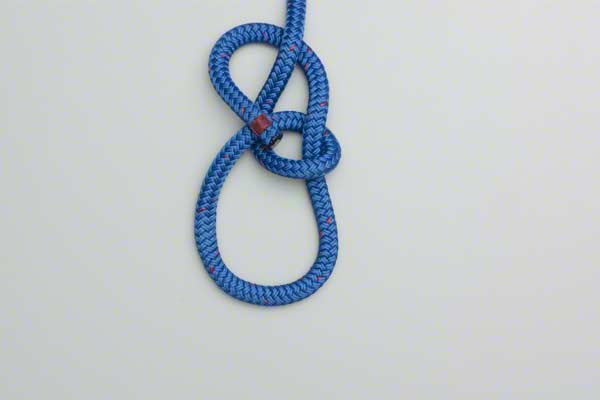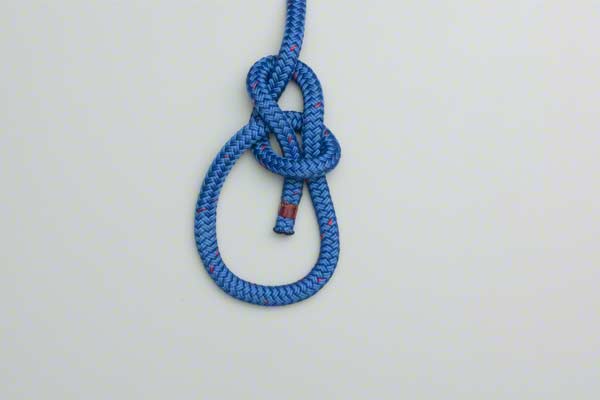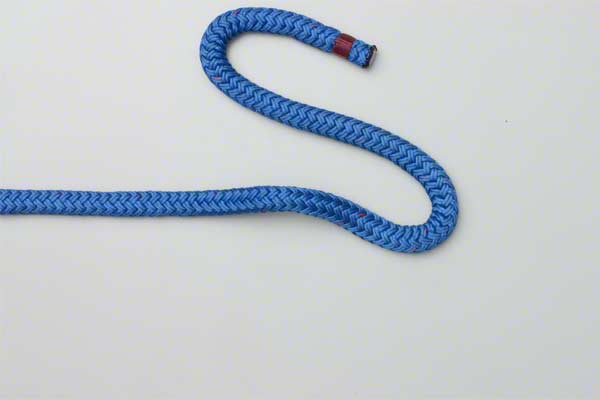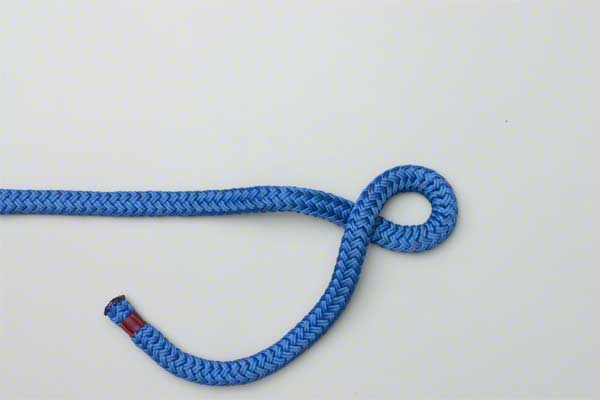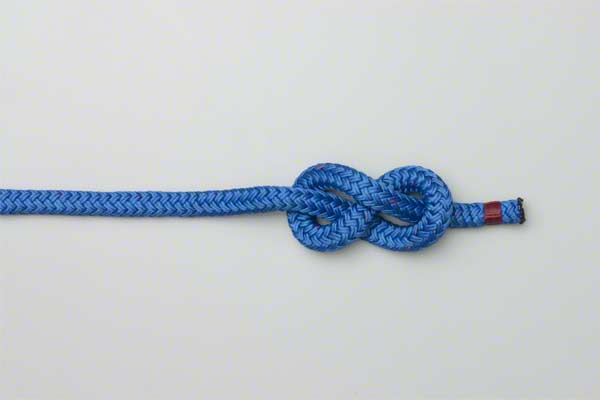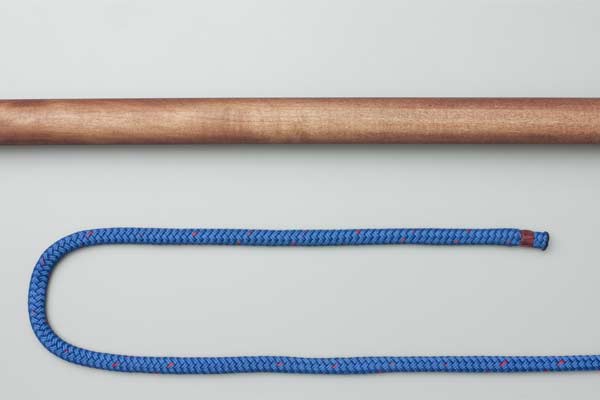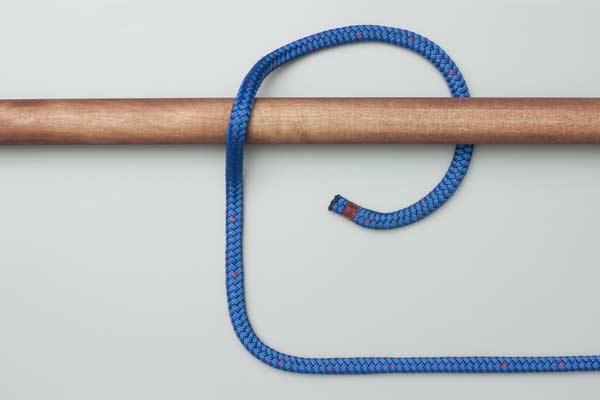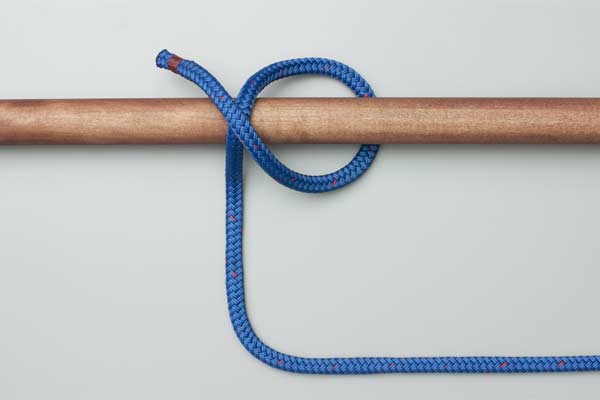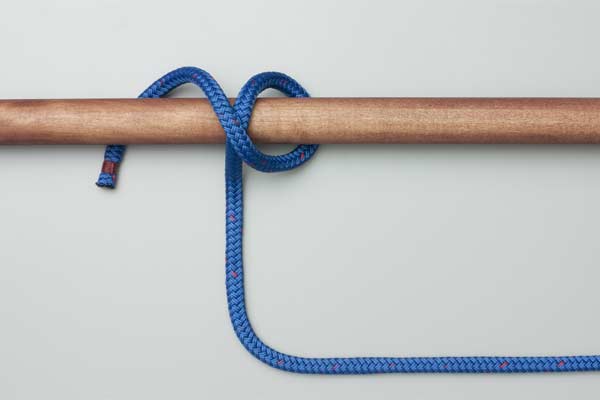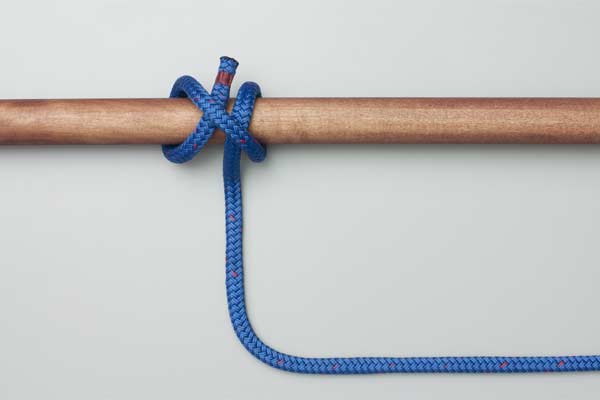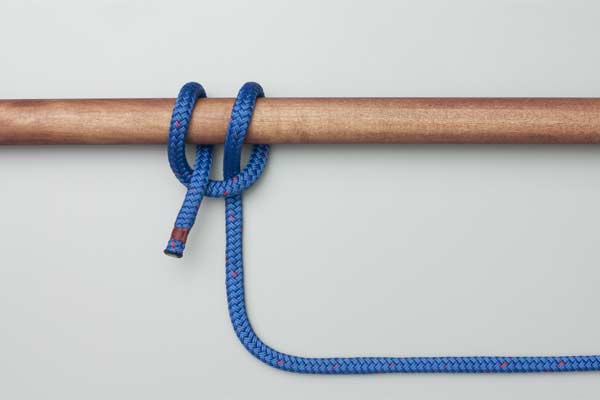“A little knot will tie, a little knot will untie…” - as sung in a once-popular song by the Russian singer Alena Apina. In mountaineering, however, a knot must be tied so that there’s no unforeseen “untie,” yet at the same time, it should be easily untied when necessary.
Most mountaineering knots originate from maritime traditions. It all began with the sea, a boat, and a sail … From there come the nautical names of many knots.
Quite often, we use various knots in everyday life without even thinking about their names, origins, and uses in mountaineering or seamanship.
When classifying knots in mountaineering, their purpose is most often considered, and they are categorized into three groups:
- joining knots (or for tying ropes);
- binding knots (or for bindings and loops);
- auxiliary knots.
Knots for Joining Straps and Ropes
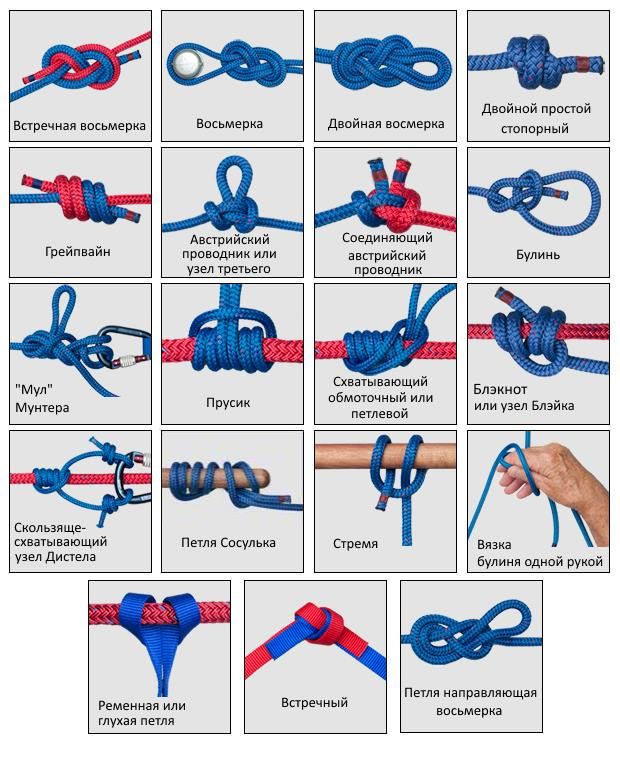 Tourist Knots
These are used to join straps and ropes of both the same diameter and different diameters.
Tourist Knots
These are used to join straps and ropes of both the same diameter and different diameters.
In the first case, the following are most commonly used:
- reef knot;
- grapevine;
- sheet bend;
- water knot.
In the second case:
- overhand bend;
- double sheet bend;
- surgeon’s knot.
Reef Knot
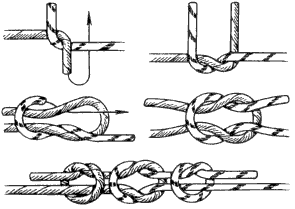 reef knot
The reef knot is very simple to execute: both ends of the rope are laid parallel on one side.
reef knot
The reef knot is very simple to execute: both ends of the rope are laid parallel on one side.
Its main drawback is spontaneous “slipping,” i.e., a tendency to come undone on its own.
For added security, its ends are reinforced with stopper knots (“safety tails”), although in everyday situations, this is usually unnecessary. These “safety tails” prevent the rope from slipping and the main knot from untangling under extreme tension.
Step-by-Step Instructions for Tying a Reef Knot
Grapevine Knot
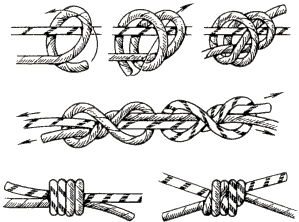 grapevine knot
The grapevine knot is considered reliable and aesthetically pleasing. It is used not only for joining straps and ropes but also for tying loops for anchors and suspensions.
grapevine knot
The grapevine knot is considered reliable and aesthetically pleasing. It is used not only for joining straps and ropes but also for tying loops for anchors and suspensions.
It is extremely practical for tying a self-belay loop.
The advantage of this knot lies in its ability to adjust the loop length.
Under load, it can tighten substantially.
This knot is even used for tying fishing lines.
Step-by-Step Instructions for Tying a Grapevine Knot
Overhand Bend
 overhand bend
The overhand bend is ideal when it’s necessary to join completely different materials, for example, a strap with a rope, a rope with a cord, etc.
overhand bend
The overhand bend is ideal when it’s necessary to join completely different materials, for example, a strap with a rope, a rope with a cord, etc.
It not only holds well and doesn’t slip but is also easy to untie after removing the load. At the same time, it tightens securely under tension.
The overhand bend is also known as a water knot. In mountaineering practice, straps of various widths are often used to form loops. Only the overhand bend is used for tying these loops, hence its additional name.
Step-by-Step Instructions for Tying an Overhand Bend
Sheet Bend
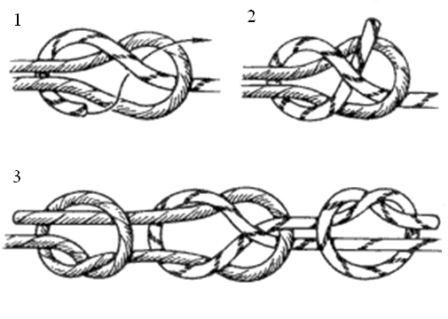 Sheet Bend
The Sheet Bend knot moves only under variable loads, but at the same time, it does not tighten.
Sheet Bend
The Sheet Bend knot moves only under variable loads, but at the same time, it does not tighten.
This knot belongs to the category of reliable and easily tied knots.
Tying “safety knots” (control knots) is mandatory.
Step-by-Step Instructions for Tying the Sheet Bend Knot
Weaver’s Knot
 Weaver's Knot
The Weaver’s Knot is very simple to execute but can tighten significantly under heavy loads and slip under variable ones.
Weaver's Knot
The Weaver’s Knot is very simple to execute but can tighten significantly under heavy loads and slip under variable ones.
It is often used during mountain rescue operations to assist the injured.
Step-by-Step Instructions for Tying the Weaver’s Knot
Double Sheet Bend
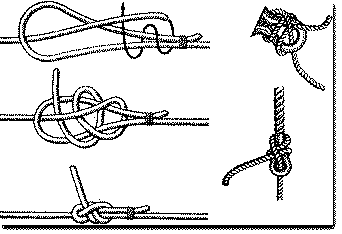 Double Sheet Bend
The Double Sheet Bend knot comes in single and double variations.
Double Sheet Bend
The Double Sheet Bend knot comes in single and double variations.
It is excellent for joining ropes of different diameters. When tying, it’s important to ensure parallel alignment of the strands and the proper knot pattern.
It is recommended to secure the knot with “safety knots.”
Academic Knot
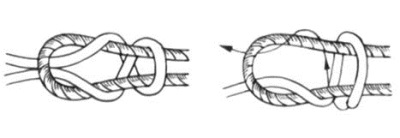 Academic Knot
The Academic Knot is a relative of the square knot.
Academic Knot
The Academic Knot is a relative of the square knot.
It is ideal for tying ropes of different diameters.
A loop is made with the thicker rope, and the thinner one is wrapped around it. It is essential to secure the knot with control knots for reliability.
Knots for Binding and Loops
These knots are used to secure a climber, organize belaying systems, and create non-tightening loops.
Remember the opening scene in Sylvester Stallone’s movie “Cliffhanger” ?
Bowline
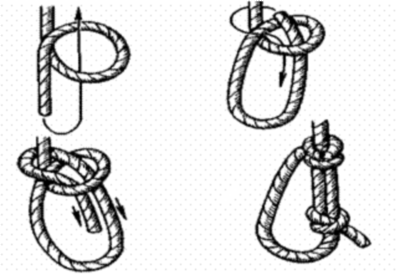 Bowline
The Bowline knot is used for tying into the main rope.
Bowline
The Bowline knot is used for tying into the main rope.
There are two variations of tying this knot: the traditional sequence and single-end tying. The second variation is more suited for connecting to a chest harness system.
A simple Bowline must be secured with a control knot as it tends to come undone. This knot must always be tightly secured.
Step-by-Step Instructions for Tying the Bowline Knot
Double Bowline
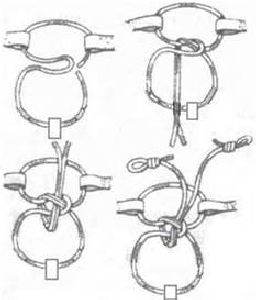 Double Bowline
The Double Bowline was proposed by mountaineering instructor E. B. Yemelyanov for tying the
harness system
as an especially reliable knot.
Double Bowline
The Double Bowline was proposed by mountaineering instructor E. B. Yemelyanov for tying the
harness system
as an especially reliable knot.
Soft rope or half-rope about 5 meters long or a 20-millimeter-wide webbing is used to tie this knot.
The knot is characterized by two self-belay loops:
- On the end of the rope entering the loops of the chest harness.
- A longer loop at the end, which connects to the loops of the seat harness.
This knot allows, with self-belay on the shorter loop, not only to untie the lower part of the seat harness but also to remove it. Such a technique is employed during a climb if there’s a need to change clothes (for example, to remove warm pants ).
Figure-Eight Knot
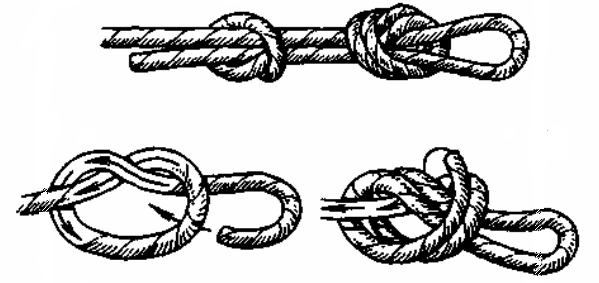 Figure-Eight
The Figure-Eight Knot has one undeniable advantage: extraordinary simplicity in tying.
Figure-Eight
The Figure-Eight Knot has one undeniable advantage: extraordinary simplicity in tying.
Often, we use it in everyday life without realizing it’s an alpine knot!
Because the Figure-Eight tightens firmly under load, it is recommended to insert a metal object into its weave, simplifying later untying.
This simple knot can be tied at the end or in the middle of the rope. It is one of the knots frequently used in rescue operations.
Applications:
- For tying into the middle of a rope when no harness is available.
- For joining ropes.
Eight Knot
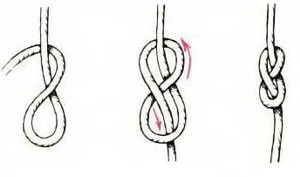 Eight Knot
The Eight Knot is one of those that doesn’t require tying control knots.
Eight Knot
The Eight Knot is one of those that doesn’t require tying control knots.
Notably, it doesn’t tighten or slip.
This knot is formed by adding an extra half-turn to the loop after tying the initial stage of the Figure-Eight Knot.
Step-by-Step Instructions for Tying the Eight Knot
Auxiliary Knots
This category includes knots needed for setting up a rope traverse, hauling gear or people, or rigging anchor points.
Garda Knot (Loop)
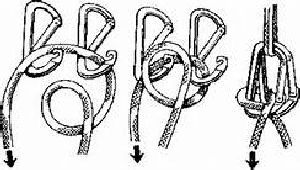 Garda Knot
The Garda Knot (loop) can be used on a rope of any condition. It is very simple to tie.
Garda Knot
The Garda Knot (loop) can be used on a rope of any condition. It is very simple to tie.
Uses:
- For transporting an injured person.
- For belaying.
Prusik Knot
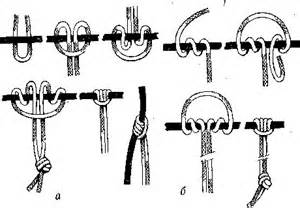 Prusik Knot
The Prusik Knot has somewhat lost its relevance among primary knots used for belaying.
This is caused by the fact that during practical use and testing under extreme conditions, melting or, even worse, breakage of the knot often occurred. However, it performs excellently when there is no strong friction during very rapid rope movement.
Prusik Knot
The Prusik Knot has somewhat lost its relevance among primary knots used for belaying.
This is caused by the fact that during practical use and testing under extreme conditions, melting or, even worse, breakage of the knot often occurred. However, it performs excellently when there is no strong friction during very rapid rope movement.
It is tied using an auxiliary rope on the main rope. There are two ways to tie it:
- With a loop;
- Using one end of the cord.
Tip: To increase reliability, you can make three wraps.
Bachmann Knot and Carabiner Knot
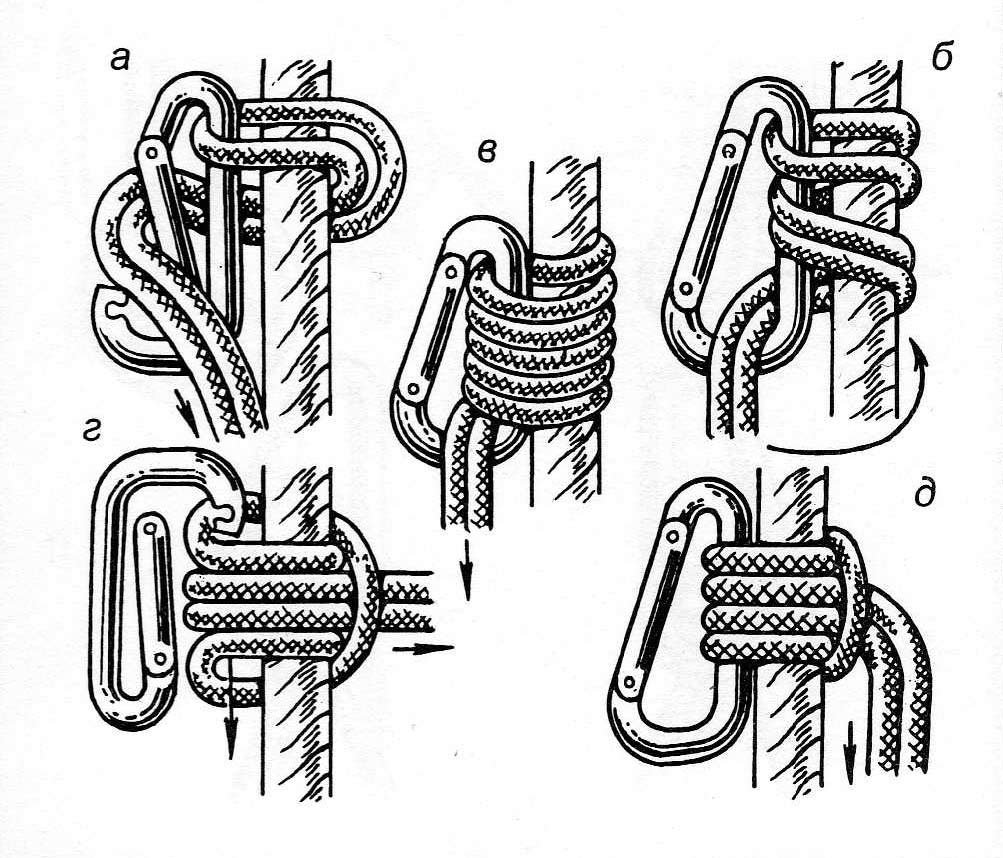 Bachmann knot and carabiner knot
The Bachmann knot (fig. a - c) can be easily slid along the rope when there is no load. Its reliability is demonstrated in any type of work involving the transportation of injured individuals.
Bachmann knot and carabiner knot
The Bachmann knot (fig. a - c) can be easily slid along the rope when there is no load. Its reliability is demonstrated in any type of work involving the transportation of injured individuals.
It can be tied on both single and double ropes.
Step-by-Step Instructions for Tying the Bachmann Knot
The carabiner knot (fig. d, e) has similar characteristics and uses as the Bachmann knot.
Step Knot
 step knot
The step knot can be considered a universal knot, which is very easy to tie either at the end of the rope or in the middle.
step knot
The step knot can be considered a universal knot, which is very easy to tie either at the end of the rope or in the middle.
Its advantages lie in the fact that, even under significant load, it does not tighten and is easily untied after the load is removed.
One of its applications includes tying stretchers.
Step-by-Step Instructions for Tying the Step Knot
UIAA Knot
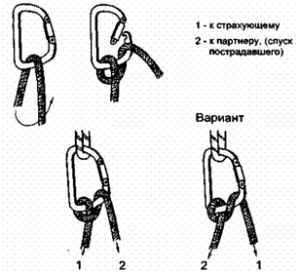 UIAA knot
The UIAA knot originates purely from mountaineering.
UIAA knot
The UIAA knot originates purely from mountaineering.
The International Union of Alpine Associations (UIAA - French: Union Internationale des Associations d’Alpinisme) recommends its use only with elastic and soft ropes for dynamic belaying.
The main rule for tying this knot is to correctly lay the knot’s wraps in the carabiner according to the expected direction of the jerk.
It is indispensable in rescue operations: when lowering an injured person, this knot is used for braking the rope in dynamic belaying techniques.
Step-by-Step Instructions for Tying the UIAA Knot
Reef (Square) Knot
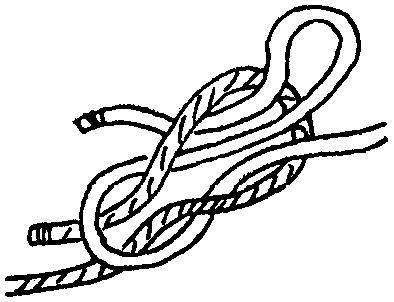 reef knot
The reef knot is considered a variation of the square knot.
reef knot
The reef knot is considered a variation of the square knot.
It is simple to tie, holds securely, and is easy to untie, even under load.
This knot is used to secure a rope to a carabiner under load.
In mountaineering, mastering the art of knot tying is an absolute must. This skill can save lives (sometimes more than one!).
However, it is also a captivating activity in itself. Who knows—once you start learning how to tie knots, you might feel an irresistible desire to visit paradise spots for climbers or at least a climbing gym .
Video
And finally, watch this training film:
